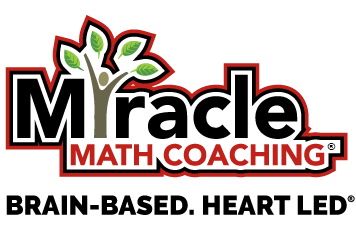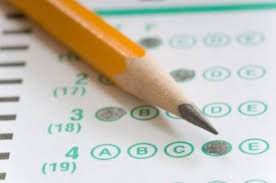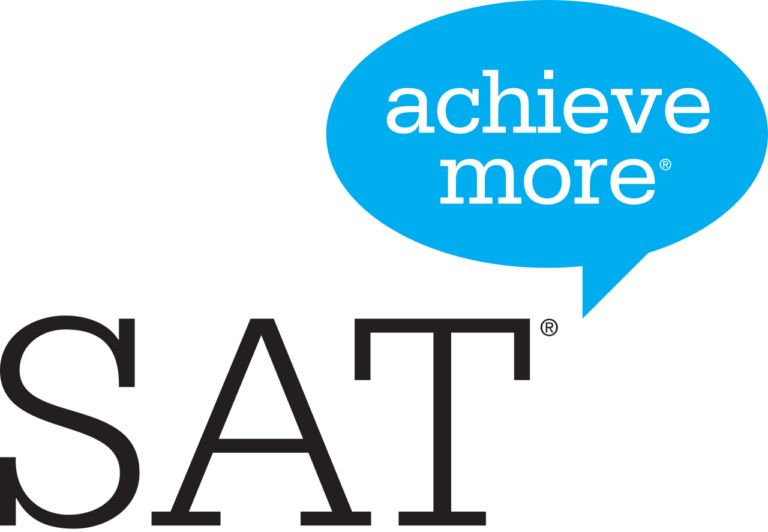The California Assessment of Student Performance and Progress (CAASPP) – Part 1
The California Assessment of Student Performance and Progress (CAASPP) system originated on January 1st in the year of 2014 as part of the Education Code, which is outlined in Section 60640. Immediately after the initiation of the Education Code, the CAASPP system was developed.
Multiple tests are part of this system. If you have a child in school, it is imperative that you learn about these tests.
Additionally, several learning tools are part of this system that aid in preparing students for the assessments. In this multi-installment series, you will learn about the most popular assessments and educational tools that are part of the California Assessment of Student Performance and Progress.
The Smarter Assessments
The Smarter Assessments are designed in such a way that computer-adaptive testing and tasks are utilized so that students may display both their knowledge and their ability to perform certain tasks.
The system associated with these assessments is based on the Common Core State Standards for both English-based language arts and also mathematics. These types of California assessments have three distinct components that are designed to support in teaching and learning throughout the academic school year.
These include the Summative Assessments, the Interim Assessments, and the popular Digital Library. Below, you will find a description of each of these components:
- Summative Assessments – These are comprehensive tests that are given at the end of the school year. This measures grade-level learning. It also measures progress towards being ready for college and/or careers in the higher grade levels. Each of the tests in English and math have two parts. The first part is a computer-based adaptive test. The second part is a performance-based activity.
- Interim Assessments – These assessments are similar to the Summative Assessments. These include performance tasks and determine the overall performance of a student. These tests are designed to determine if a student is on grade level. Each student typically has three opportunities to take this particular assessment.
- Digital Library – The Digital Library has a multitude of tools and practice tests that are designed in such a way that they help teachers prepare kids in all grade levels.
The Smarter Balanced Assessments includes results that outline the scores of the students that have taken the tests, the achievement levels associated with each of the students, and basic types of descriptions that aid in outlining the performance of the student.
If you are a parent of a child in the State of California, it is important that you become familiar with the state tests that are administered to your child. This way, you may help your child prepare -especially in the areas of English-based language arts and math courses. Mastery of these subjects are imperative to your child’s overall success.







